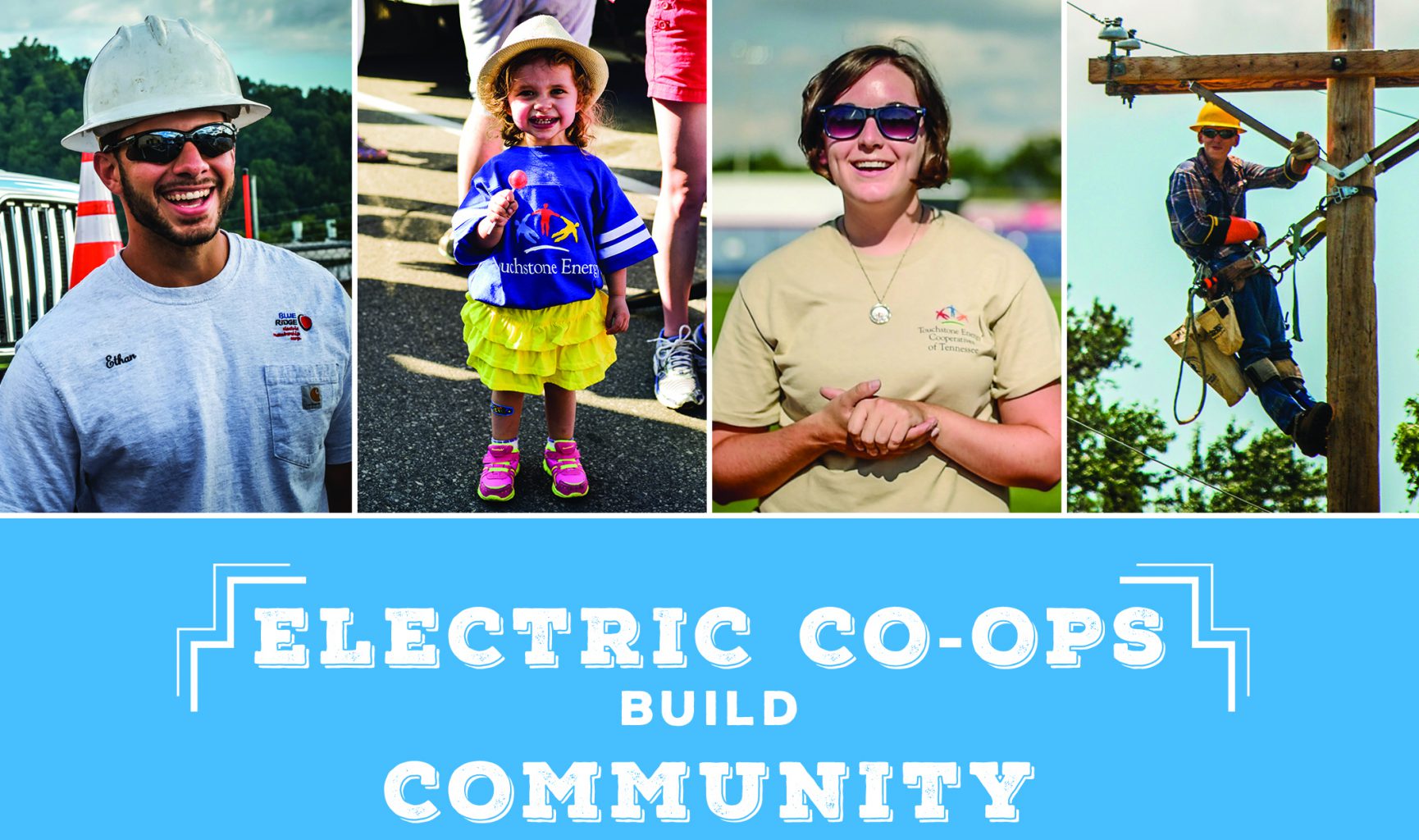By Kent Singer, CREA Executive Director
Since you’re reading this column, the chances are pretty good that you are a member-owner of one of Colorado’s 22 electric distribution cooperatives. But do you really know how a cooperative works, what it means to be a member-owner and how co-ops are different from other electric utilities? Since it is National Cooperative Month, it’s a good time for a short refresher on some of the important characteristics of the cooperative business model.
First, co-ops are owned by their members and not by shareholders like typical business corporations. Where for-profit business corporations exist to earn a profit for their shareholders, co-ops exist to provide a service to their members, such as the electricity provided by your local electric co-op. As nonprofit organizations, electric co-ops are motivated, not by making a profit on the sale of electricity but, by making safe, reliable and affordable electricity available to everyone in their service areas.
Second, your co-op keeps track of your patronage, that is, the amount of money you spend each month on your power bill. At the end of the co-op’s fiscal year, it will allocate any margins (known as profits in the for-profit world) the co-op has to each customer in proportion to his or her power bill. The co-op can then choose to refund some of this “patronage capital” to its members depending on the financial position of the co-op. Many co-ops issue an annual check to members at the end of the year.
Finally, every member of the co-op is an owner of the company and has a say in how the utility operates. If a co-op member wants to run for the board of directors and have a leadership role with the co-op, the member is entitled to do so as long as he or she complies with the co-op’s election policies. Co-op members also have the right to attend co-op board meetings and annual meetings and have an opportunity to let the board and management of the co-op know what’s important to them.
Electric co-ops, of course, are only one type of cooperative. Some of the other more well-known co-ops include the REI outdoor equipment company, Land O’Lakes, Ocean Spray and the Florida Orange Growers. These co-ops are known as “producer” co-ops since they comprise hundreds of individual producers that come together to market their products. Electric co-ops, on the other hand, are “consumer” co-ops that comprise members who use a product or service produced by the co-op.
Some people may argue that the co-op business model is a thing of the past, that it’s an old-fashioned way of doing business. On the contrary, many people starting businesses in Colorado today have come to realize that if profit is not the primary goal of an organization, the co-op business model makes a lot of sense. An example is the Green Taxi Cooperative, the newest entrant in the Denver taxicab market. This new cab company is a cooperative owned by its members rather than by shareholders. The cab drivers themselves determine how the company is run and share in the profits and expenses.
Another example is the new Smoking River Studio Arts gallery in Meeker. Local artisans formed a co-op to sell their original art.
Electric co-ops got their start in life through the creation of the Rural Electrification Administration in 1936. With a kick start from the federal government in the way of startup capital, hundreds of electric co-ops sprang up around the country. Many of Colorado’s electric co-ops were founded in the late 1930s and early 1940s and continue to provide cost-effective power to rural Colorado electricity consumers using the cooperative business model that has worked for over 75 years.
The co-op business model works because it’s all about putting people ahead of profits. It’s all about serving communities, not investors. Colorado’s electric co-ops wouldn’t have it any other way.

